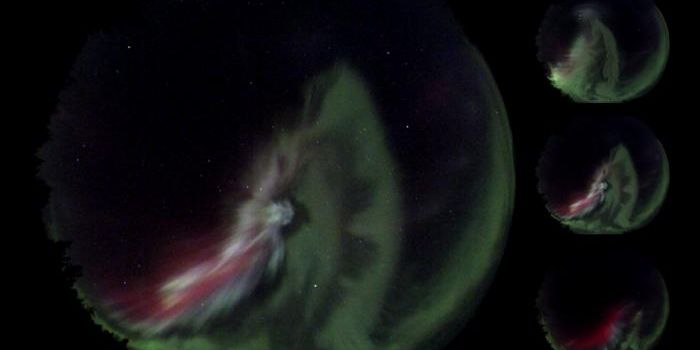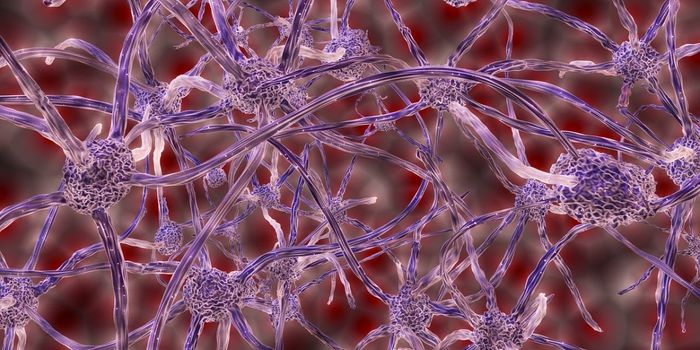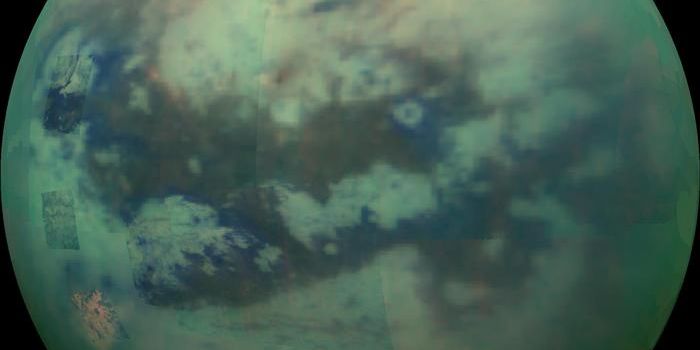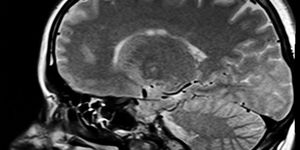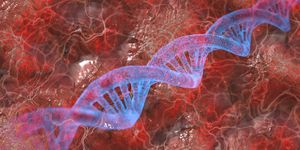New sensor detects hydrogen using light instead of heat
A new hydrogen sensor has been developed by researchers at RMIT University in Australia using light instead of heat. The sensor’s design was inspired by the microstructure surface of butterfly wings. The prototype is described in the journal ACS Sensors.
Leaked hydrogen in a closed environment is a safety risk because increases the risk of combustion and explosion. People breathing in such a space can also experience the depression of all the senses in addition to headaches, nausea, and in extreme cases, unconsciousness.
Composed of photonic or colloidal crystals, the sensor is powered by light. "The photonic crystals enable our sensor to be activated by light and they also provide the structural consistency that's critical for reliable gas sensing," said first author Ebtsam Alenezy. "Having a consistent structure, consistent fabrication quality, and consistent results are vital - and that's what nature has delivered for us through these bioinspired shapes. The well-developed fabrication process for photonic crystals also means our technology is easily scalable to industrial levels, as hundreds of sensors could be rapidly produced at once."
Another benefit of the new sensor is that it generates extremely precise results at room temperature; conventional commercial hydrogen sensors require temperatures of 150 degrees Celsius or higher to function.
As co-lead researcher Dr. Ylias Sabri explains, the prototype can detect hydrogen at concentrations of 10 parts per million molecules to 40,000 parts per million. "Some sensors can measure tiny amounts, others can detect larger concentrations; they all need a lot of heat to work. Our hydrogen sensor can do it all - it's sensitive, selective, works at room temperature, and can detect across a full range of levels."

While the sensor is still in the prototype stage, the researchers say it is cost-effective and scalable, in addition to its other desirous benefits. These characteristics make it well-suited for applications in the medical field as well as in the growing hydrogen economy.
Co-lead researcher Dr. Ahmad Kandjani comments: "Hydrogen has potential to be the fuel of the future but we know safety fears could affect public confidence in this renewable energy source. By delivering precise and reliable sensing technology that can detect the tiniest of leaks, well before they become dangerous, we hope to contribute to advancing a hydrogen economy that can transform energy supplies around the world."
Sources: ACS Sensors, Eureka Alert


